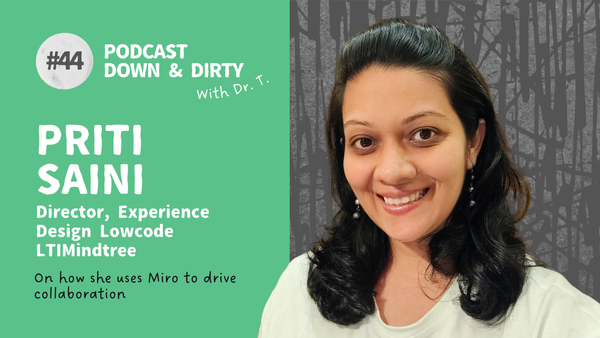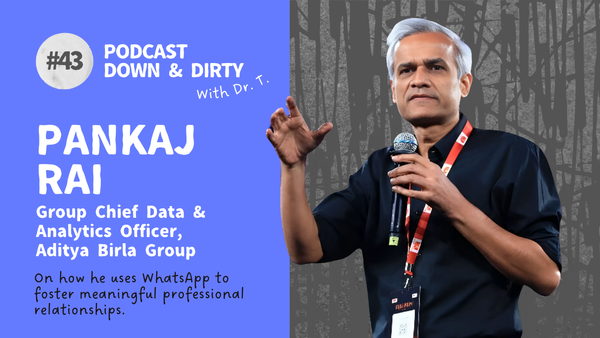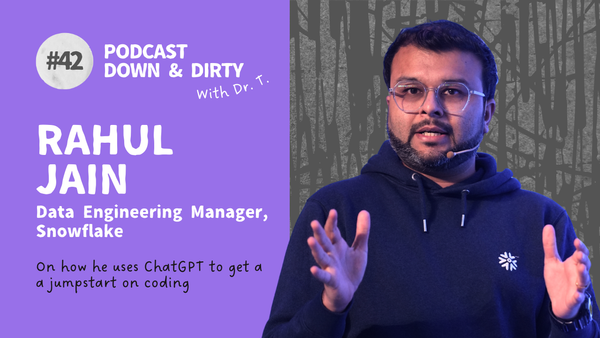✨Observation vs Insight: How are they different?
User experience research is crucial for validating ideas and understanding user needs. It's important to differentiate between observations and insights to make informed decisions. Insights, which reveal deeper motivations and unmet needs, drive better UX design outcomes.

Written by: Yeshaswini Parime
Research is a fundamental part of user experience. It helps us to validate ideas, test hypotheses and uncover the user needs and experiences. The value of the entire process lies in the actionable items that come out of the process. This can be either derived from the data or a quote from the user. But to make informed decisions, one should be able to know the difference between insight, observation and findings. Oftentimes, during the process of research; especially during the synthesis or analysis of the data, observations are often mistaken for insights. Every researcher is guilty of making the mistake, myself included. However, it is important to catch such mistakes before any major decisions are made as they may dilute ideas that can compromise the project's outcome.
So it becomes imperative to understand what an insight is, what it is not and how it is different from an observation or a finding. An insight comes from observations but it is not an observation. Observations are drawn from raw data; things that you might hear or see. Often insights are drawn after arranging and re-arranging observations.
So, what is an insight?
An insight is an "aha" moment researchers get after reimagining the data from observations or findings. In its most basic form, observation tells us the "what" about a thing, person or product while insight pushes us to think about the" why" and give out a resounding. Insights identify a tension, a pain point, a belief, an emotion or unmet needs.
For example; during one of our projects, we recognised that 80% of the people we interviewed preferred shopping online from Amazon. This is an observation as it is derived from looking at the raw data. When we dove deeper to figure out "why" we gathered that their users preferred Amazon due to it being an all-encompassing, all-in-one, convenient solution, the convenience overrode any negative experience that they had with them in the past; be it with customer support, delivery or the purchased item itself. This is the insight part.
To sum it up, understanding the distinction between observations, findings, and insights is crucial for conducting effective user experience research. While observations provide raw data, insights emerge from reimagining and interpreting that data to uncover deeper meanings and motivations. Insights drive informed decisions by revealing underlying tensions, pain points, beliefs, emotions, or unmet needs. Recognizing and cultivating these "aha" moments can lead to more impactful or favourable outcomes in UX design and decision-making processes. By continuously iterating our understanding of what constitutes an insight versus an observation or finding, researchers can ensure that their work remains focused on delivering meaningful solutions that truly resonate with users.



